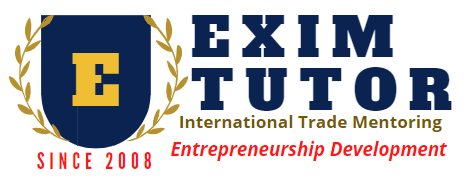What Exporters and Importers Need to Know in 2025
In the ever-evolving world of global commerce, international trade tariffs remain a key factor shaping business strategies, pricing, and market access. As 2025 unfolds, several important developments in trade tariffs are reshaping how countries, exporters, and importers operate. Staying updated on these changes is essential for companies engaged in cross-border trade to remain competitive, compliant, and profitable.
1. Global Trend Towards Tariff Adjustments
Many countries are revisiting their tariff structures to balance protection of domestic industries and integration into global value chains. The pandemic aftermath, geopolitical shifts, and changing economic priorities have led to:
- Tariff reductions in some sectors to encourage trade and economic recovery.
- Increased tariffs in sensitive sectors like steel, agriculture, and technology to protect local producers and strategic industries.
- Dynamic tariff policies where tariffs adjust quickly in response to international market conditions, trade disputes, or supply chain risks.
2. Focus on Sustainability and Green Tariffs
Environmental concerns are influencing trade policies more than ever. Several nations are exploring “green tariffs” — tariffs or duties that favor environmentally friendly products or penalize those with high carbon footprints. For exporters and importers, this means:
- Potential tariffs on products with high environmental impact.
- Incentives or reduced tariffs for sustainable goods.
- Increased need for certification and compliance with environmental standards.
This emerging trend aligns trade tariffs with global climate commitments and sustainability goals.
3. Digital Economy and Tariffs on Digital Goods
As digital trade grows, countries are adapting tariffs to address digital products and services, such as software, e-books, and online services. While many countries still do not impose tariffs on digital goods, some are considering:
- Introducing tariffs or digital services taxes.
- Revising customs rules to include software and digital media.
- Addressing challenges in valuation and classification of digital goods for tariff purposes.
This area is still evolving but is crucial for businesses operating in the tech and digital sectors.
4. Trade Wars and Retaliatory Tariffs
Geopolitical tensions, especially between major economies, continue to influence tariff policies. Retaliatory tariffs remain a tool in trade disputes, affecting:
- Price competitiveness for exporters.
- Supply chain choices for manufacturers.
- The overall trade flow and market access.
Keeping abreast of the latest tariff impositions and removals in these contexts is vital for strategic planning.
5. Trade Agreements and Tariff Liberalization
Several new and updated trade agreements are coming into effect in 2025, promoting tariff reductions or eliminations between member countries. Examples include:
- Expansion of regional trade blocs.
- Bilateral free trade agreements lowering tariffs on key products.
- Special economic zones with preferential tariff rates.
Businesses should monitor these agreements closely to take advantage of tariff benefits and expand their market reach.
6. Increased Transparency and Use of Technology
Customs authorities worldwide are adopting digital tools and blockchain technology to increase tariff transparency and enforcement efficiency. This means:
- More accurate and timely tariff information for traders.
- Enhanced ability to track goods and ensure proper tariff classification.
- Reduced tariff evasion but increased scrutiny.
Exporters and importers benefit from using technology-enabled solutions for tariff compliance.
Conclusion
The latest developments in international trade tariffs reflect a complex interplay of economic, political, environmental, and technological factors. For businesses involved in global trade, staying informed about these changes is no longer optional — it’s a necessity for risk management and growth.
Whether you are exporting industrial machinery, agricultural products, or digital services, understanding current tariff trends, leveraging trade agreements, and adapting to new regulatory environments will provide a competitive edge in 2025 and beyond.
If you want expert guidance on navigating the evolving tariff landscape or need help optimizing your international trade strategy, feel free to reach out. Staying ahead in international trade means anticipating changes and acting strategically.
